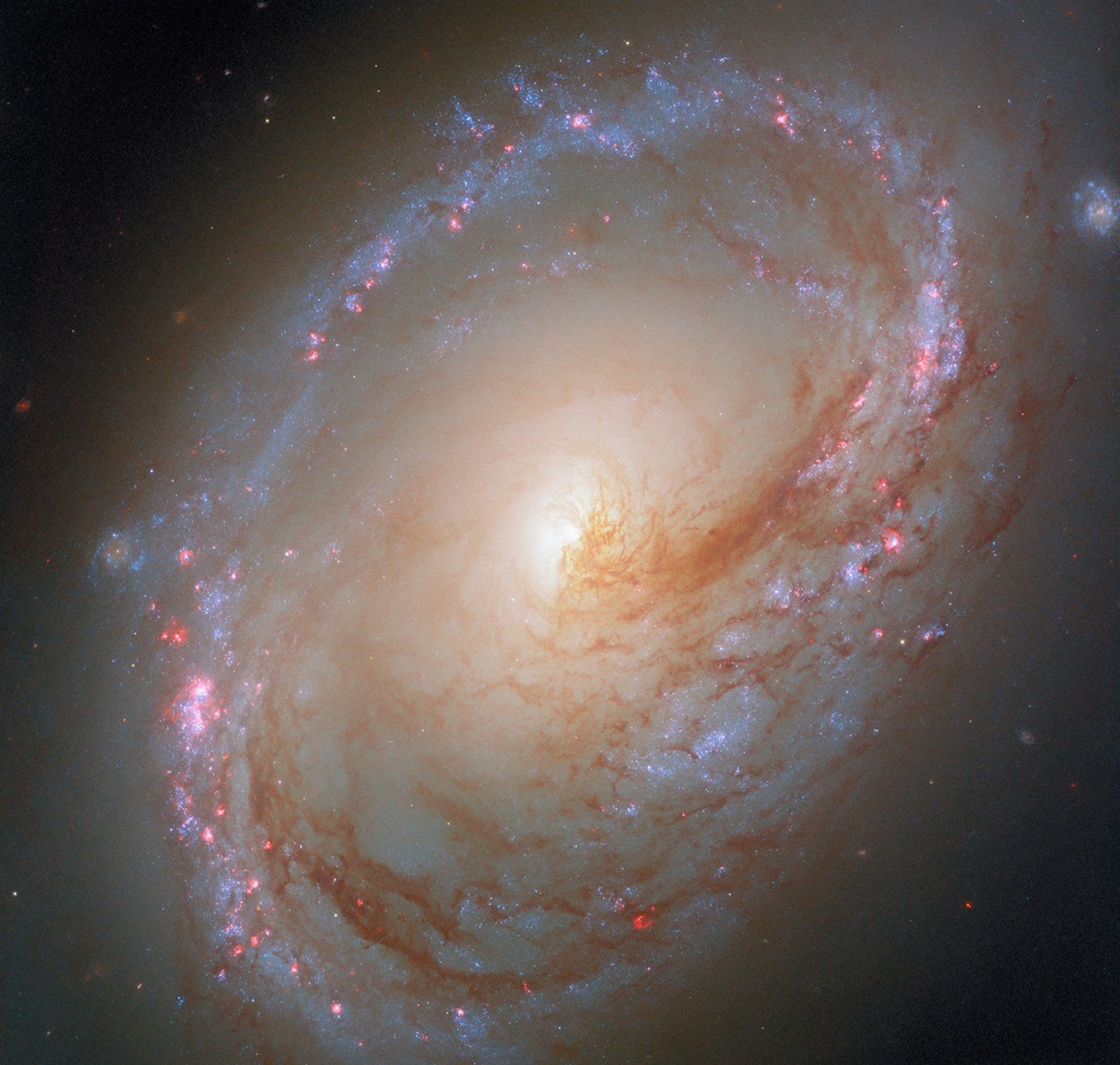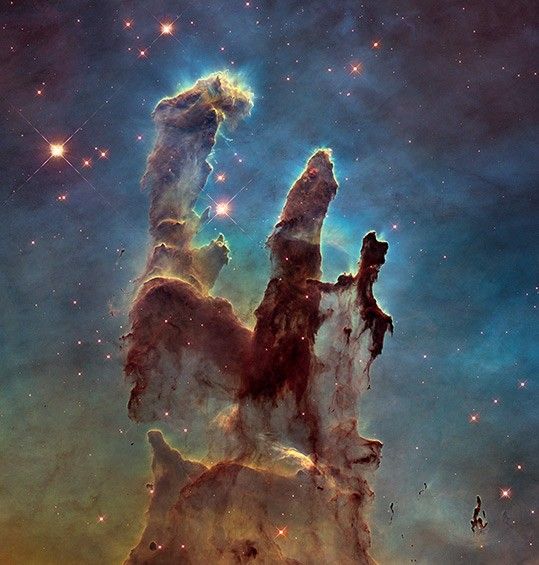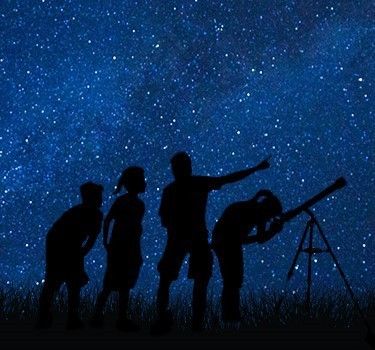Hubble Homes in on Galaxy’s Star Formation
- Hubble Space Telescope has released a new image of galaxy Messier 96, showcasing its asymmetric spiral arms and off-center galactic core.
- The latest image combines data from observations in ultraviolet, near infrared, and visible/optical light, revealing regions of ionized hydrogen and nitrogen that help astronomers study star formation.
- The Hubble Space Telescope has been studying galaxy Messier 96 since 2015, with each successive image adding new data to build a beautiful and scientifically valuable view of the galaxy.
- Astronomers will use the new data in this image to study how stars form within giant dusty gas clouds, how dust filters starlight, and how stars affect their environments.
- The Hubble Space Telescope has been instrumental in changing our fundamental understanding of the universe since its 1990 launch, with over 35 years of observations and discoveries that continue to shape our knowledge of the cosmos.
2 min read
Hubble Homes in on Galaxy’s Star Formation
This NASA/ESA Hubble Space Telescope image features a galaxy whose asymmetric appearance may be the result of a galactic tug of war. Located 35 million light-years away in the constellation Leo, the spiral galaxy Messier 96 is the brightest of the galaxies in its group. The gravitational pull of its galactic neighbors may be responsible for Messier 96’s uneven distribution of gas and dust, asymmetric spiral arms, and off-center galactic core.
This asymmetric appearance is on full display in the new Hubble image that incorporates data from observations made in ultraviolet, near infrared, and visible/optical light. Earlier Hubble images of Messier 96 were released in 2015 and 2018. Each successive image added new data, building up a beautiful and scientifically valuable view of the galaxy.
The 2015 image combined two wavelengths of optical light with one near infrared wavelength. The optical light revealed the galaxy’s uneven form of dust and gas spread asymmetrically throughout its weak spiral arms and its off-center core, while the infrared light revealed the heat of stars forming in clouds shaded pink in the image.
The 2018 image added two more optical wavelengths of light along with one wavelength of ultraviolet light that pinpointed areas where high-energy, young stars are forming.
This latest version offers us a new perspective on Messier 96’s star formation. It includes the addition of light that reveals regions of ionized hydrogen (H-alpha) and nitrogen (NII). This data helps astronomers determine the environment within the galaxy and the conditions in which stars are forming. The ionized hydrogen traces ongoing star formation, revealing regions where hot, young stars are ionizing the gas. The ionized nitrogen helps astronomers determine the rate of star formation and the properties of gas between stars, while the combination of the two ionized gasses helps researchers determine if the galaxy is a starburst galaxy or one with an active galactic nucleus.
The bubbles of pink gas in this image surround hot, young, massive stars, illuminating a ring of star formation in the galaxy’s outskirts. These young stars are still embedded within the clouds of gas from which they were born. Astronomers will use the new data in this image to study how stars are form within giant dusty gas clouds, how dust filters starlight, and how stars affect their environments.
Explore More:
Media Contact:
Claire Andreoli (claire.andreoli@nasa.gov)
NASA’s Goddard Space Flight Center, Greenbelt, MD





